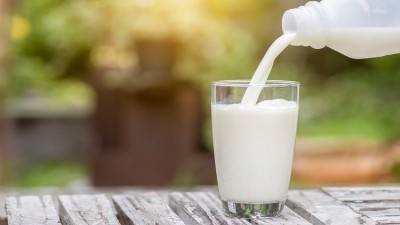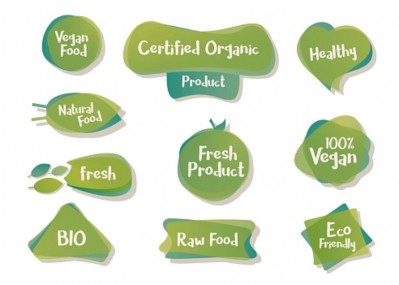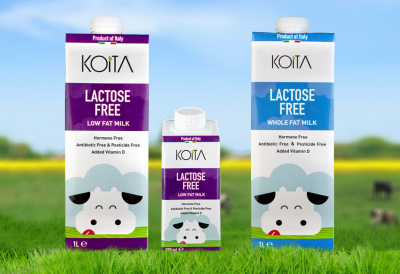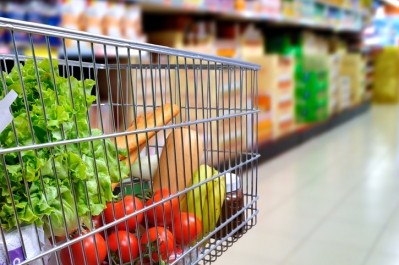‘Necessity, not luxury’: Climate change supercharging cell-based and precision fermentation dairy sector
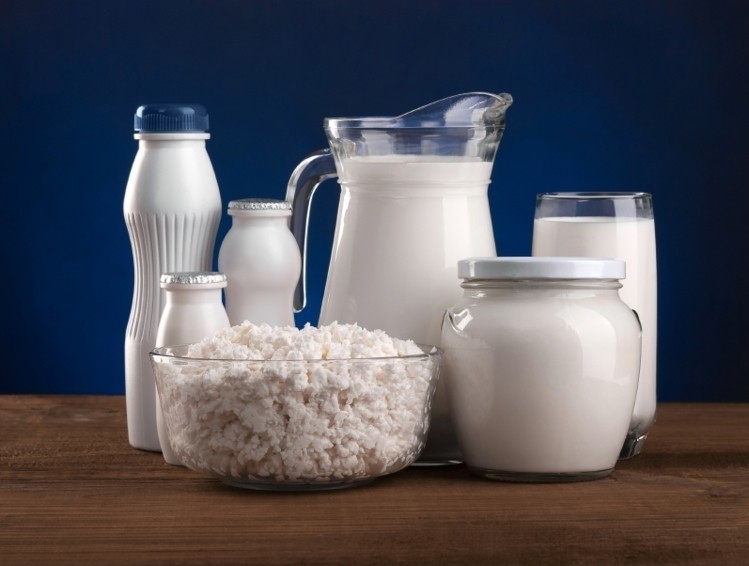
The panel which convened at the recent Global Dairy Summit 2021 comprised of precision fermentation dairy firm Better Dairy CEO Jevan Nagarajah, cell-based dairy firm TurtleTree Labs Chief Strategist Max Rye, and cell-based dairy firm Formo CEO Raffael Wohlgensinger.
Cell-based dairy technology in particular has been estimated to require decades before any tangible results can be delivered due to the many hurdles still in the way of mass production, but according to Rye, the wait is unlikely to be quite so long.
“Many people think that it will be at least 20 years before seeing anything concrete out of this space, but I believe they will all be proven wrong soon,” he told the floor.
“A lot of tools are available now that were not around in the past and the technology is moving faster and many of the different technologies are also merging together [to create better solutions], so it’s going to be sooner than later – in fact, my ambitious prediction is that in the next three years, we’re going to be seeing a lot more of such products on the market.”
Wohlgensinger came in with an estimate of five years for the sector to hit a billion-dollar revenue, concurring that the technological advancements are driving industry growth at a faster rate than any layman could hope to predict.
“Conventional dairy systems have been optimized for thousands of years but have reached the biological limit and are not getting any better structurally –these new technologies [like cell-based development and precision fermentation] have the potential for exponential growth and the efficiency of these systems is so fast that the disruption is happening way faster than ppl not at the core of this could assume,” he said.
The ongoing climate change crisis is also expected to be a major driver for the sector, as this is linked to food security concerns that many countries both in the Asia Pacific region and globally are searching for solutions to.
“We have become too comfortable with current dairy supply chains in the past, but the fact is that if there is any disruption, these systems [are vulnerable],” said Rye.
“[Disruptions in the system can cause] prices to be bumped up tremendously – and as it is already climate change is causing droughts and other disasters that are affecting dairy farms worldwide.
“Many countries are aware of this, like Singapore for example with its food security challenges, and climate change is causing similar food security issues for many places, so really, all of the work we are doing with regard to developing [these dairy alternatives] is really not just a luxury, but at some point a necessity for populations everywhere.”
This ‘necessity’ for alternative dairy solutions as a result of climate change is fuelling the need for products which can be mass produced for consumers at an affordable price point – and is driving the sector’s journey to price parity at a faster rate too as a result.
“The unsustainability found within traditional dairy systems will lead to gradual increases in prices over the next 10 years, [whereas] the cell-based or precision fermentation dairy systems are net zero carbon emissions, [so will not face this issue] and prices are being driven down instead,” Wohlgensinger pointed out.
“The nutrient efficiency that can be achieved through these systems, converting nutrients to dairy products, is much higher than in mammals, so it is a natural extension to assume we can optimise these systems to not only hit parity but also reach price points lower than traditional dairy.”
Nagarajah added that the technologies involved already see various points to drive costs down, but just require the investments to do so.
“There are many ways to drive costs down along the technology platform, starting from science to the engineering, then the formulation,” he said.
“All in all, we know what the bottlenecks are, and investments are what are needed to solve these. So I’d say parity can be reached maybe in 10 years from now, but even before that within five years we should have managed to reach large parts of the market.”
Nomenclature and potential
Although there is not yet unified agreement in the industry on how to name these novel high-tech dairy alternatives, the panel agreed that a differentiation from traditional dairy is still needed.
“Even though the products we are creating are still real dairy, we need to make a differentiation in terms of the name because there is value for consumers to know that it does not come from the animal but more sustainably, ethically and healthier,” said Wohlgensinger.
Nagarajah in turn stressed that at the moment most options such as ‘cultivated’ dairy or ‘cultured’ dairy or ‘precision fermentation’ dairy are all still very focused on the technology, which will change as the industry matures.
“I think it’s very important to separate the science from the actual end product, though that’s what most people are focusing on right now as it’s still a novel thing,” he said.
“But as this becomes more mainstream, people will stop zooming in on the technology and more on the output, which is the product, and that’s when the right name will come along – what’s for sure is it needs to be a term that resonates with consumers and is more transparent, then only can we build up marketing for these products.”
Rye also highlighted that the technology used here is not restricted to the more common bovine, sheep or goat milk, but could also be used to create milks from other mammals from donkey to platypus, which are said to be high in nutritional value.
“Human milk is what TurtleTree Labs is working on now, which is the holy grail for infant formula and nutrition, and the complex sugars and oligosaccharides in these have also been found to be important for adults in terms of gut health so that can extend to adult nutrition,” he said.
“Personalised nutrition, especially for the elderly in Asia is also a market I see as being one with the biggest potential here, alongside performance nutrition.”
Wohlgensinger concurred, adding that the high degree of control over the manufacturing processes will be what makes all the difference.
“In these technologies, we design the process from bottom up, so can customise many areas to benefit things like gut health, the gut microbiome, amino acid profiles, creating new tastes, new textures, new functionality profiles – this is basically the next generation of dairy, something consumers have never seen before,” he said.
